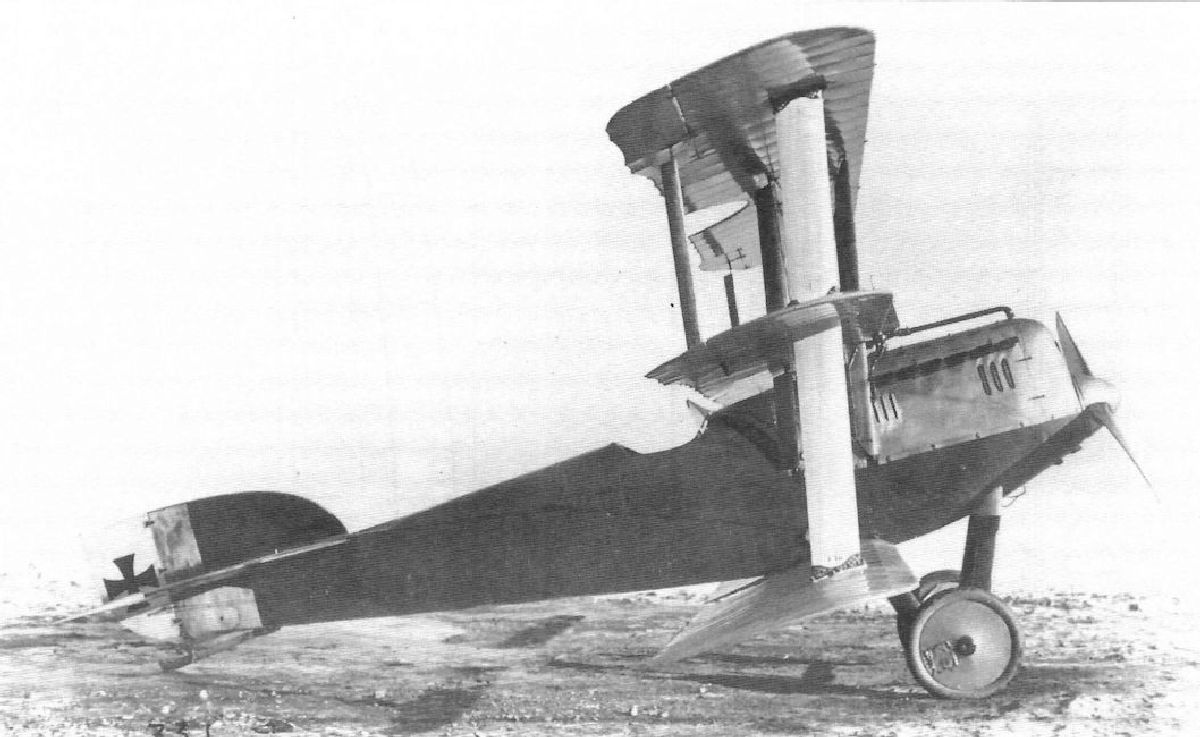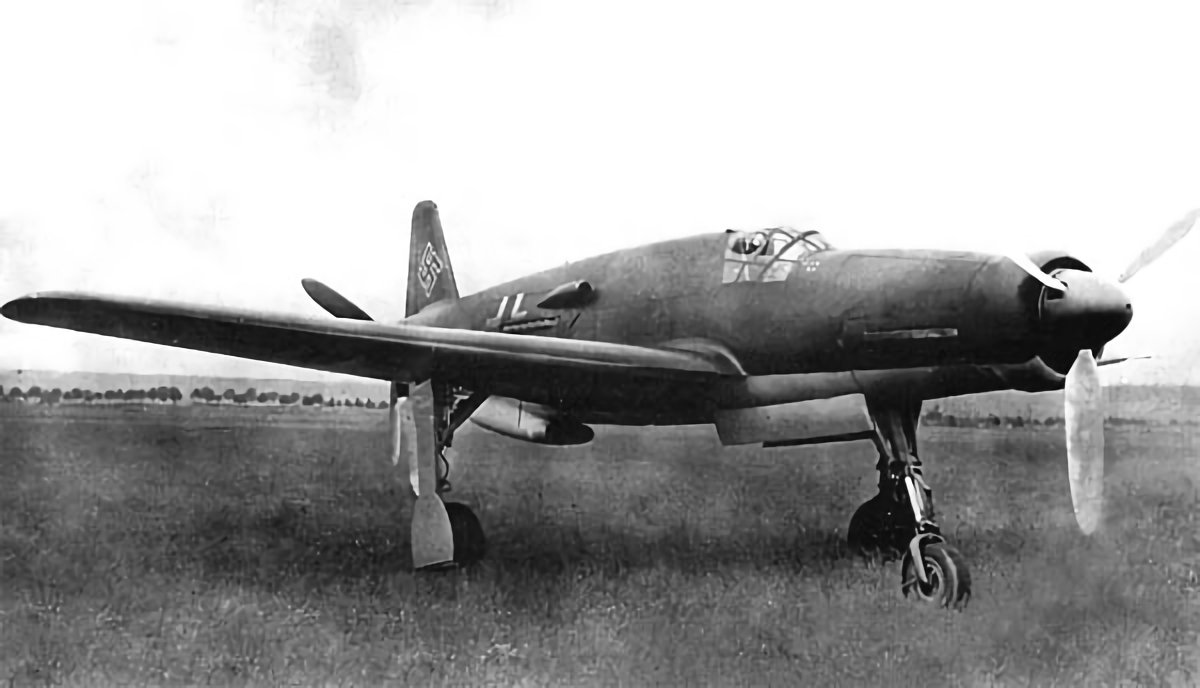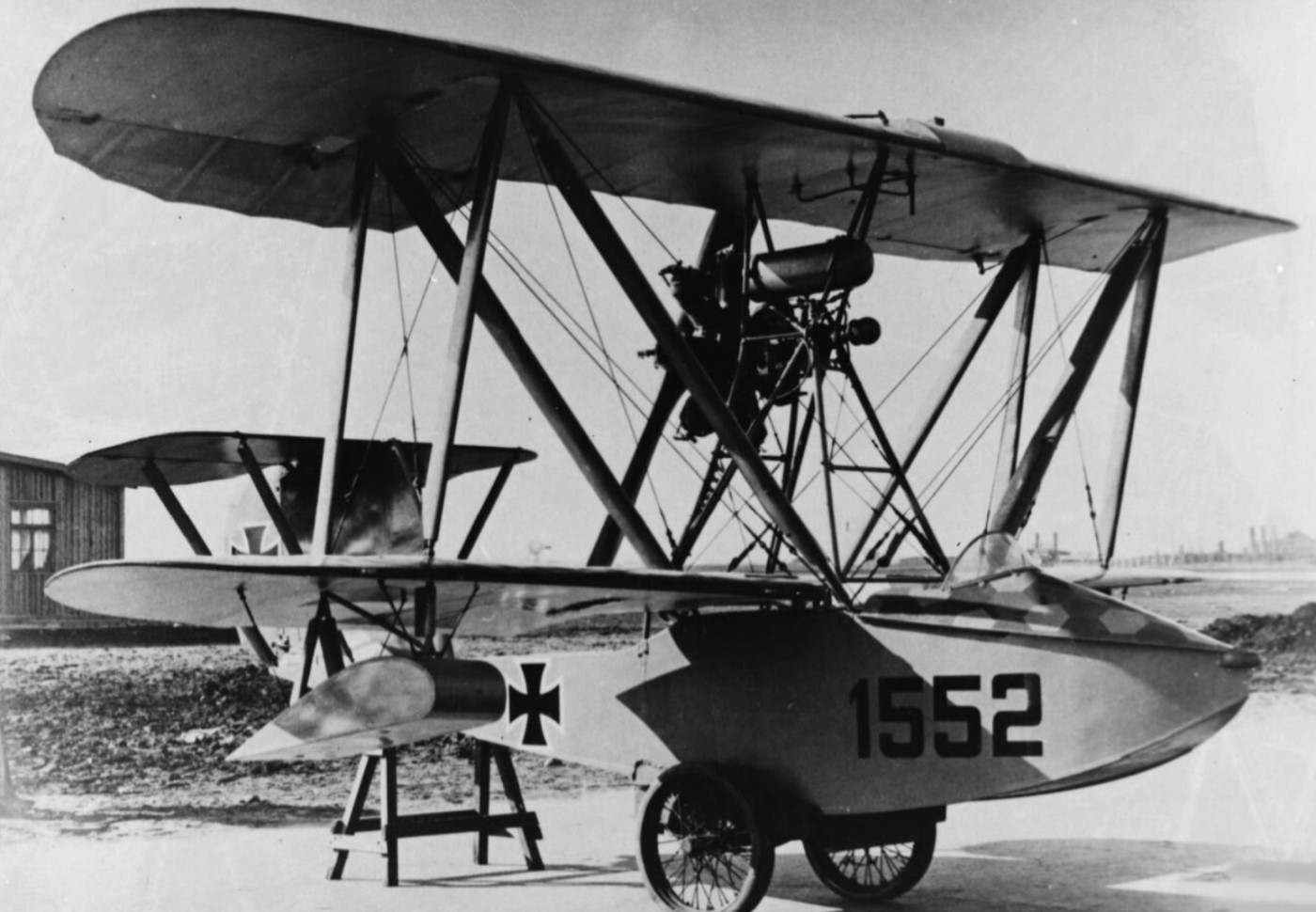Tag: Aircraft
-
Hansa-Brandenburg L.16

Hansa-Brandenburg L.16 Designed during 1917 for the Austro-Hungarian Empire, the Hansa-Brandenburg L.16 was a prototype triplane fighter. Only one was built. Read more
-
Dornier Do 335 Luftwaffe Fighter

The Dornier Do 335 was a twin-engined fighter designed for the German Luftwaffe during the closing stages of the Second World War. The engines were arranged in a push-pull configuration, which produced a very fast aircraft. Overheating was a constant threat from the rear engine, a problem that continued throughout its development. By the end… Read more
